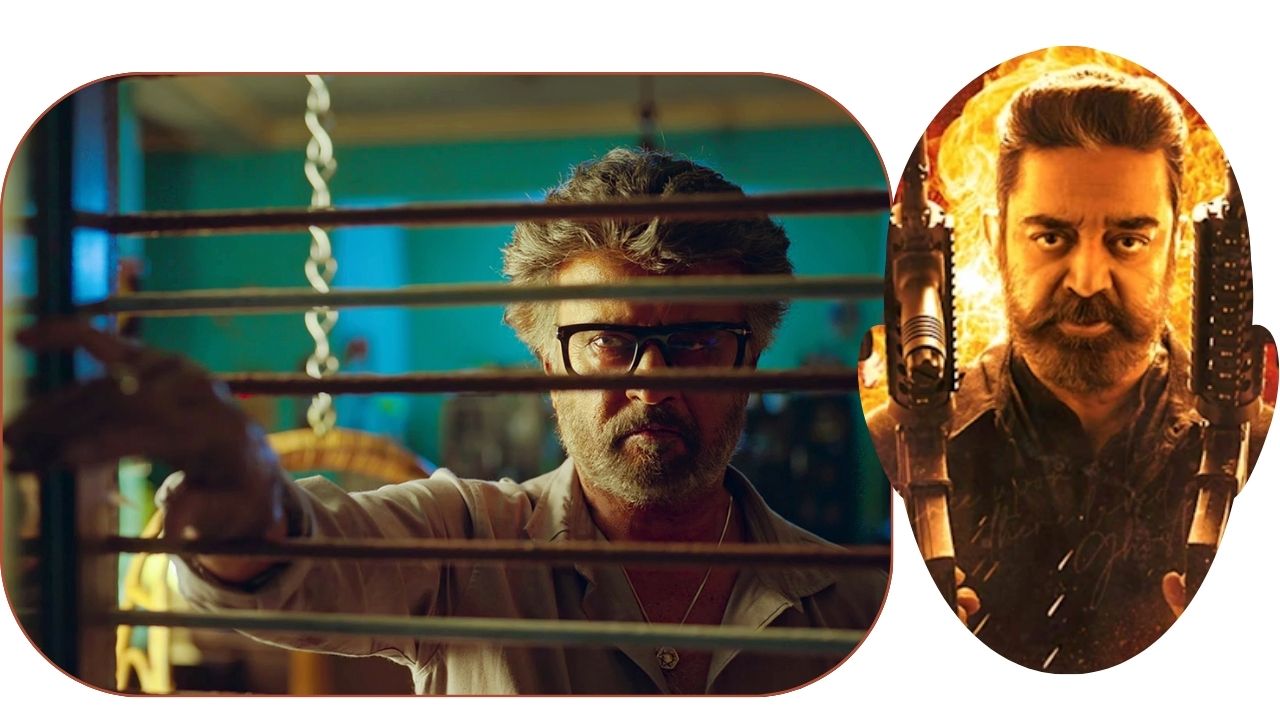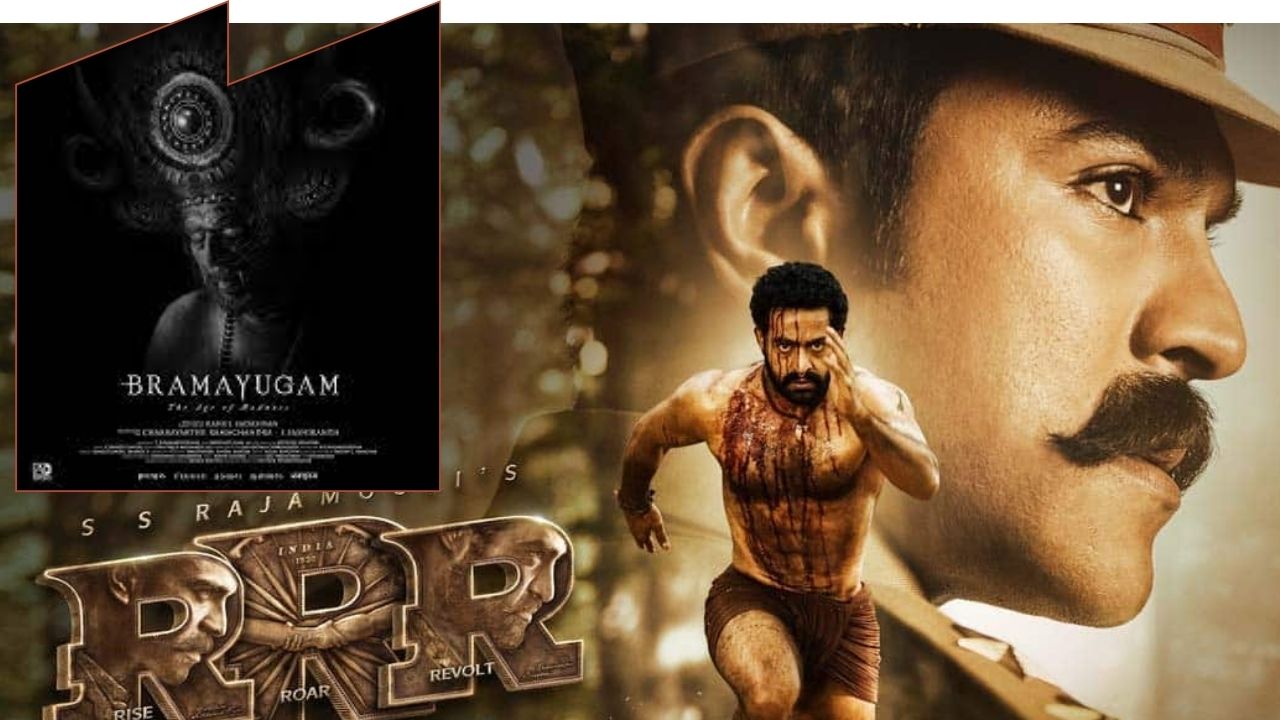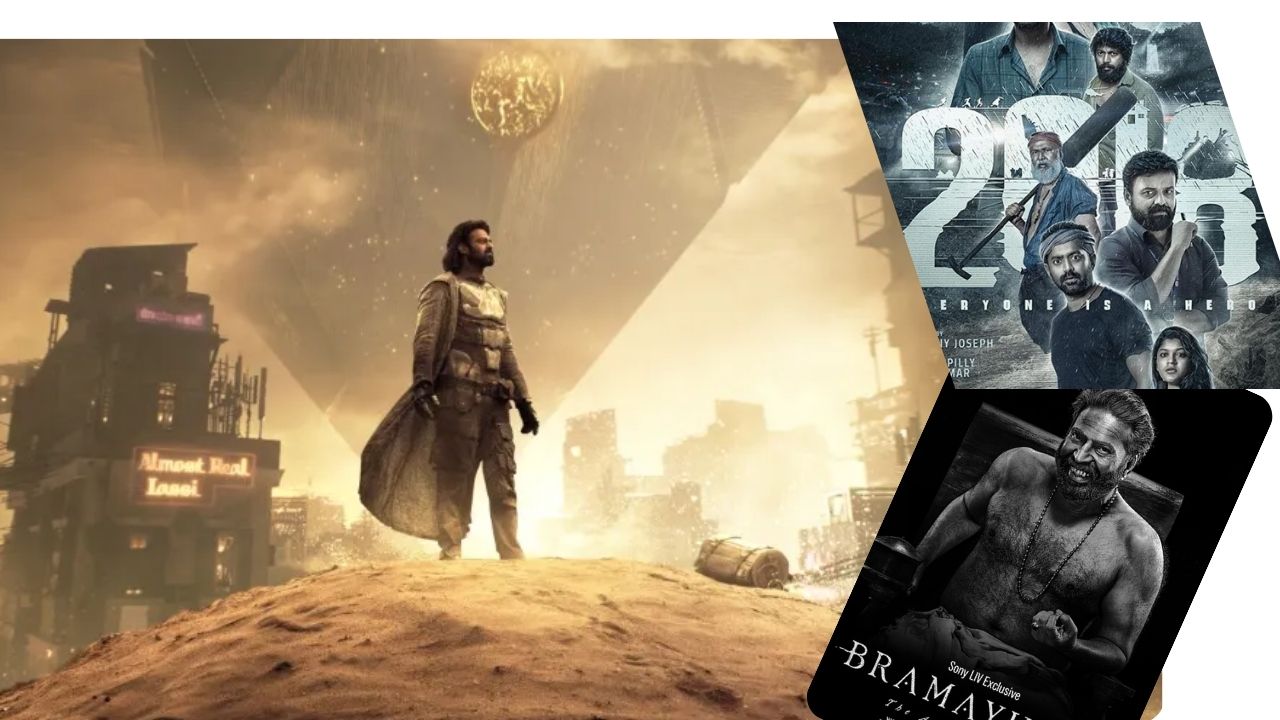South Indian cinema stands as an entertainment superpower, a vibrant fabric woven from the Tamil, Telugu and Malayalam film industries. While often combined, each industry boasts a unique personality that reflects its unique culture, themes and style. Let’s go deeper and explore the interesting differences between these movie heroes.
NARRATIVE FLAVOURS
Tamil Cinema
Tamil cinema is known for its larger-than-life heroes, action-packed masala films and an intense emotional component. This story is often inspired by larger-than-life heroes who combine strength, virtue, and unwavering morality. Iconic actors like Rajinikanth, Vijay, Ajith and Kamal Haasan often assume the role of demigod, captivating audiences with their charisma and versatility. Family dynamics are the cornerstone of Tamil cinema, exploring themes of filial piety , sacrifice and sibling rivalry in various ways. Revenge stories are another popular genre, in which the hero fights for justice against corrupt systems or his own vendettas.
Apart from larger social issues, Tamil cinema tackles contemporary social issues like casteism, political corruption and women empowerment, etc. Films like Naan and Aranyakandam lie so deep and social skills display this display, offering a balanced mix of marketing and incentives.
Telugu Movies
Telugu films share similarities with Tamil cinema in their love for professional entertainers. But dance music tends to be more emphasized, and the story is heavily infused with elaborate song and dance sequences. Comedy is another strong outfit, with iconic actors like Brahmanandam known for witty jokes and slapstick humour.
Telugu cinema has a rich history of mythological epics and historical dramas, reflecting the region’s cultural heritage. N.T. Ramarao’s portrayal of mythical heroes like Rama and Krishna is legendary. In recent years, Telugu cinema has seen an increase in “gut films” based on real-life champions and gang wars, adding a layer of complexity to the narrative
Malayalam Cinema
Malayalam films focus on realism and character issues. It explores complex social issues, provides political commentary, and scrutinizes human emotions. Movies often explore issues such as identity crisis, psychological struggles and the struggles of the marginalised. Directors like Adoor Gopalakrishnan and M.T. Vasudevan Nair are known for telling poetic stories and exploring human emotions.

South Indian cinema
While there are commercial films with song and dance sequences, the project thrives on its thriving parallel film movement. The group produces acclaimed films that receive international recognition, such as Lagan and Maradona.
STORYTELLING TECHNIQUES
Tamil and Telugu Cinema
Both Tamil and Telugu works are suitable for fast-paced, non-linear storytelling. Flashbacks are often used to reveal hidden truths or motives. Surprising twists and unexpected twists and turns keep audiences on the edge of their seats. The action sequences are carefully orchestrated, often violating the laws of physics, giving the protagonists larger-than-life personalities.
Malayalam Cinema
Malayalam films generally have a more patient style, unfolding the story in an organic manner. The focus is on character development, where the audience gets to the bottom of the characters’ motivations and internal conflicts. Long shots and still cameras are often used to create a sense of intimacy and realism. This slower pace allows for a deeper emotional connection with the audience.
MUSICAL INFLUENCE
Tamil and Telugu Cinema
Music plays an important role in both Tamil and Telugu films. Song sequences are central to the story and are often used for exposition, plot advancement, romance, or an emotional crescendo. The music is generally high-energy, with catchy melodies and advanced dance moves that blend classical and contemporary styles. Renowned recording artists A.R. Rahman and S.P. Balasubramaniam attained cult status.
Malayalam Cinema
Though music is important in Malayalam films, it is used frequently and often serves the story rather than being a genuine phenomenon. The music is very soulful and melancholy, reflecting the emotional tone of the film. The classical effects are more pronounced, and the focus should be on the expressiveness of the lyrics rather than the size of the images.
INDUSTRY DYNAMICS
Tamil and Telugu Cinema
These businesses are known for their star-inspired culture. Big-budget films usually revolve around a famous actor, and stories about a larger-than-life model. Studios and production companies play an important role in financing and distribution, focusing on commercial success and mass appeal. This can lead to contrived narratives at times, but it offers a wider reach and entertainment value.
Malayalam Cinema
Malayalam films have strong independent sequences. Here, directors and writers tend to have more creativity, allowing for a wider variety of themes and techniques. The budget is less restrictive, allowing for independent experimentation with art films. This enhances a more writer-driven approach, with exceptional cinematic expression by directors like Ashiq Abu and Alphonse Puthren.
BEYOND DIFFERENCES: SHARED GROUND
Despite their distinct personality, Tamil, Telugu and Malayalam films have something in common
CELEBRATION OF RICH CULTURAL HERITAGE
All three businesses take great pride in reflecting their local culture and traditions. Tamil films often explore the rich history of Tamil nations and the richness of Tamil poetry. Telugu cinema celebrates vibrant Telugu folklore and the heritage of Telugu dynasties. Malayalam films explore the unique customs and traditions of Kerala, showcasing its enchanting landscape and rich literary heritage.
EXPLORING FAMILY AND SOCIAL ISSUES
Family is a central theme in all three works. The films explore the complexities of family dynamics, the importance of children’s religion, and the challenges families face in modern times. Social issues such as racism, poverty and gender inequality are tackled, sparking discussion and raising awareness.
A DEEP LOVE OF MUSIC AND DANCE
Music and dance are integral part of South Indian culture and this is reflected in the film. While different in style, all three works seamlessly incorporate music and dance into their stories. Be it high-energy dance numbers in Tamil and Telugu films or soulful songs in Malayalam films, the songs add an extra layer of depth and emotion

THE POWER OF PERFORMANCE
South Indian cinema has many talented actors and actresses who are known for their thrilling performances. From larger-than-life Tamil heroes to miniature caricatures in Malayalam films, actors play a pivotal role in bringing stories to life, with veteran actors like Kamal Haasan and Mammootty commanding great respect as talented newcomers constantly push the boundaries of gaming.
FUTURE OF SOUTH INDIAN CINEMA
South Indian film industries are constantly evolving and adapting to changing times. Here are some of the most exciting things shaping their future:
EMBRACE NEW TECHNOLOGIES
The use of visual effects, CGI, and other techniques in film-making is on the rise. This allows for more footage and allows filmmakers to explore new storytelling possibilities.
EXPLORING NEW GENRES
South Indian cinema is not limited to traditional genres. A growing interest in exploring new genres such as science fiction, fantasy and psychological thrillers. Movies like Vikram (Tamil) and Baahubali (Telugu) are examples of this impulse to explore.
FINDING A WIDER AUDIENCE
The rise of streaming services like Netflix and Amazon Prime Video has opened up new distribution channels. South Indian films are now gaining international recognition by reaching out to global audiences and breaking the language barrier.
COLLABORATION AND CROSSOVER
There is an increasing trend of consolidation among South Indian industries. Actors, directors and engineers come together to create multilingual films to foster a sense of unity and push the boundaries of regional cinema
South Indian films make for a diverse and interesting story. Each industry, with its unique blend of commercial and artistic sensibility, contributes to the overall growth of Indian cinema. As these projects continue to evolve and collaborate, they are poised to leave a lasting mark on global cinema, attracting audiences around the world. So, next time you are looking for an exciting and thought-provoking film, explore the world of South Indian cinema. You won’t be disappointed.
Read Also: Kalki 2898 AD Review




